“Architecture can be the ‘third teacher’: creating the right campus sets the right tone for our students’ learning.”
—— Professor Anna Sohmen Pao
The first Pao School campus
Over the years, the founders of Pao School, Professor Anna Sohmen Pao and Deputy Executive Chairman Philip Sohmen, alongside the leaders of the Board and the school’s leadership, have devoted great time, effort, and resources to the construction of each of the school’s campuses.
Pao School Founder Professor Anna Sohmen Pao has integrated her educational philosophy - discovering the joy of learning - into the campus design concept. It means that if students feel happy about what they are doing, they will have the motivation to be active and persistent learners, always dedicated to self-improvement. This concept, alongside different theories on child psychology, has served as the foundation for Pao School. This foundation has allowed the creation of three distinct campuses that all meet the learning needs of students of different age groups while maintaining a feeling of unity. Pao School’s missions of developing the whole person, passing on the traditions of Chinese culture and fostering an international perspective are also important considerations for the design process.
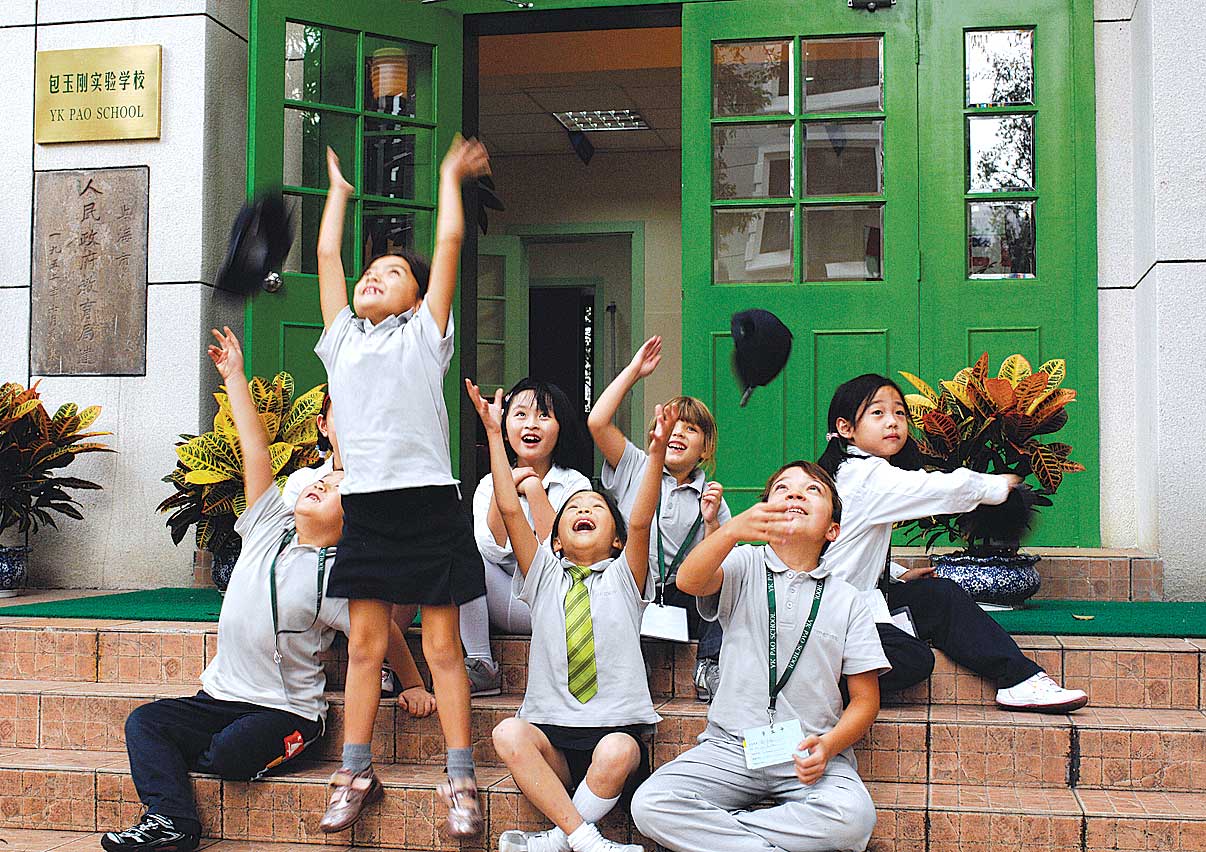
Students in front of the June 1st Building at Shanghai No. 3 Girls’ High School
YK Pao School officially opened in September 2007 on a temporary campus based in the June 1 building of Shanghai No. 3 Girls’ High School. Subsequently, in October 2010, the YK Pao School Primary campus moved to Wuding West Road in downtown Shanghai. Since then, Pao School has had an independent primary school campus. The campus is located in the historical and cultural area of Yuyuan Road, surrounded by buildings constructed in the 1920s and 1930s. The serene and elegant campus has a strong atmosphere of cultural significance and a sense of history.
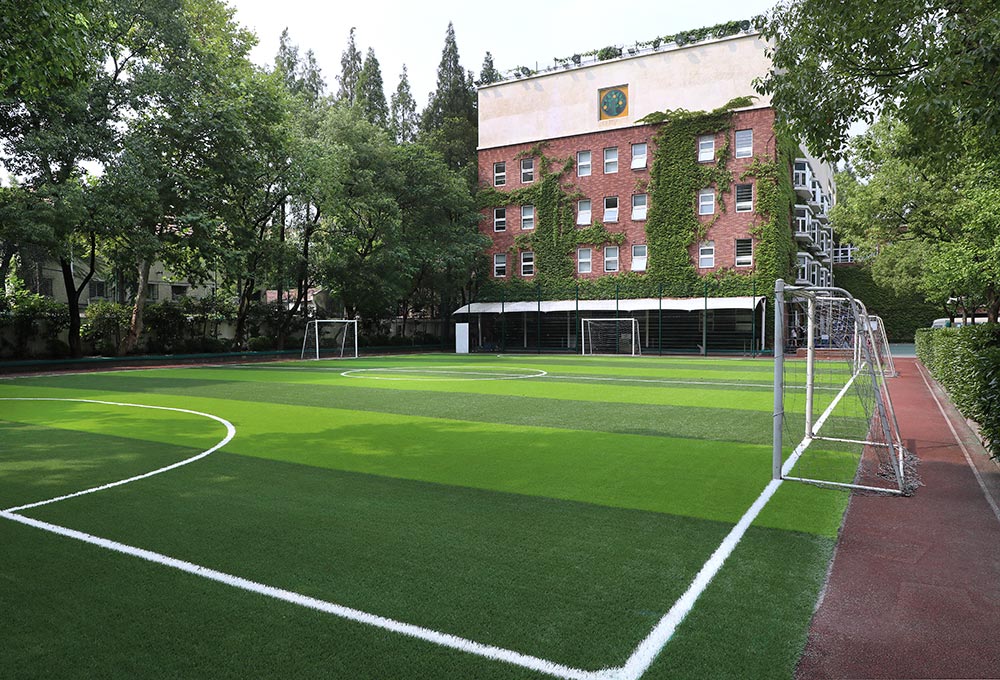
The Wuding campus has a construction area of more than 8,000 square
metres and was originally the site of Xingwu Middle School
The overall design of the Wuding campus has a traditional style. The ivy covering the walls of the teaching building is green in the spring and sways gently in the breeze. The teaching building features a modern layout, with art classrooms, a pottery studio, and dance studios, as well as sports spaces such as a sports field, basketball court, swimming pool, and outdoor playground. In recent years, the facilities and equipment of the campus have been continuously upgraded, including the cafeteria, auditorium equipment, and the installation of a covered walkway connecting the school’s East and West buildings – allowing students to go between them without having to go outside. In addition, the well-used interior of the East Building went through a comprehensive renovation in 2022.
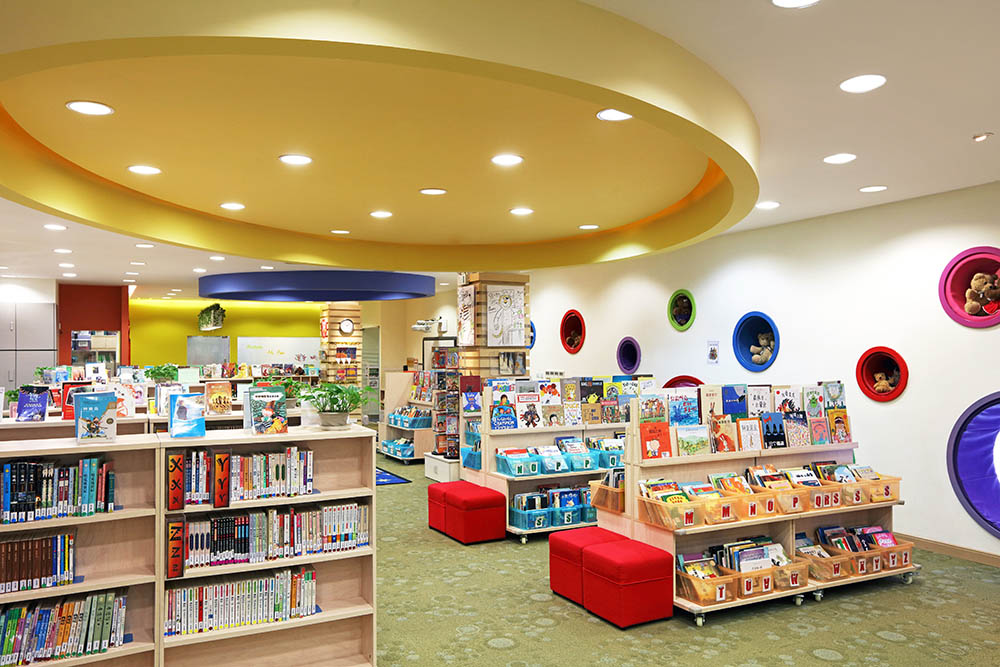
Primary School Facilities
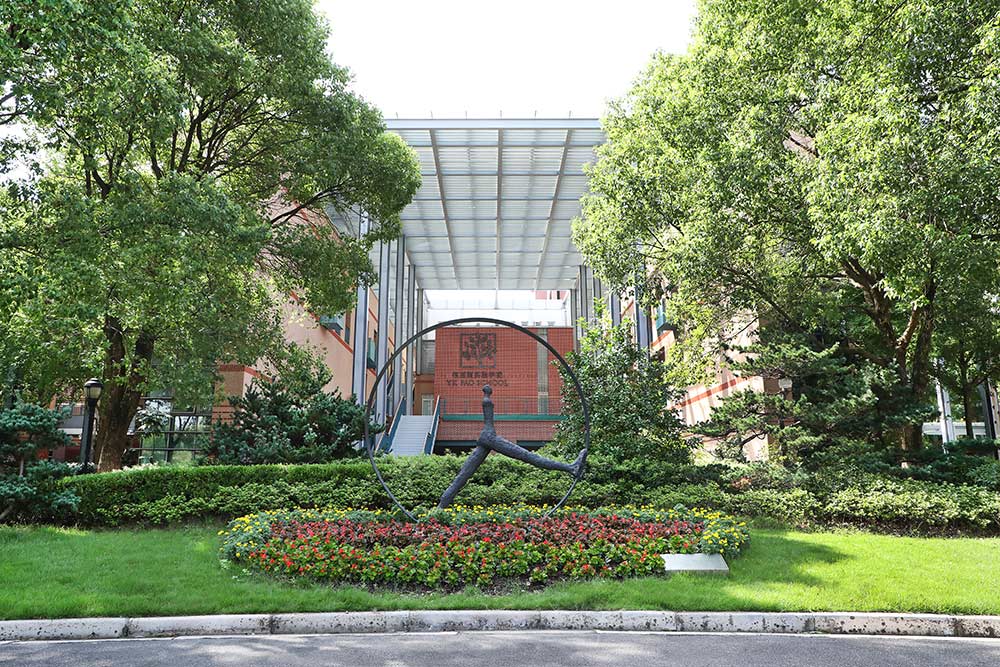
Designed by a well-known British architect, the Songjiang campus
has a construction area of more than 40,000 square metres
In September 2011, one year after the Primary School campus opened, the Songjiang campus was officially established as the Pao School Middle and High School. The campus is located on the northwest corner of the historic Thames town, adjacent to Songjiang University Town, and is surrounded by greenery and water on three sides. Walking onto the campus, one is greeted by the sculpture "Time Passing" by French sculptor Natalie DeCoste. The sculpture embodies the expectations of the three founders for Pao School students to hold ambition for the future and live up to their youth. Additionally, the four independent buildings of the Songjiang campus provide spaces for learning, sports, performances and accommodation, creating a unique boarding life environment for teachers and students alike.
The main teaching building is named after the first Chinese Nobel Prize winner, Professor Yang Zhenning, expressing the hope that students can pay tribute to world-renowned scientists. Further, one of the defining traits of the high school campus is boarding education, which acts as an integral part of the school’s mission of whole-person education.
Boarding life at the High School is an important part of students’ overall education at Pao School and is integrated with character education. Boarding life helps students learn how to communicate with classmates from different backgrounds, how to cooperate with others, how to harness the strength of a team, and how to better manage their time and look after themselves. In addition, co-curriculars give students a chance to cultivate their interests and develop hobbies.
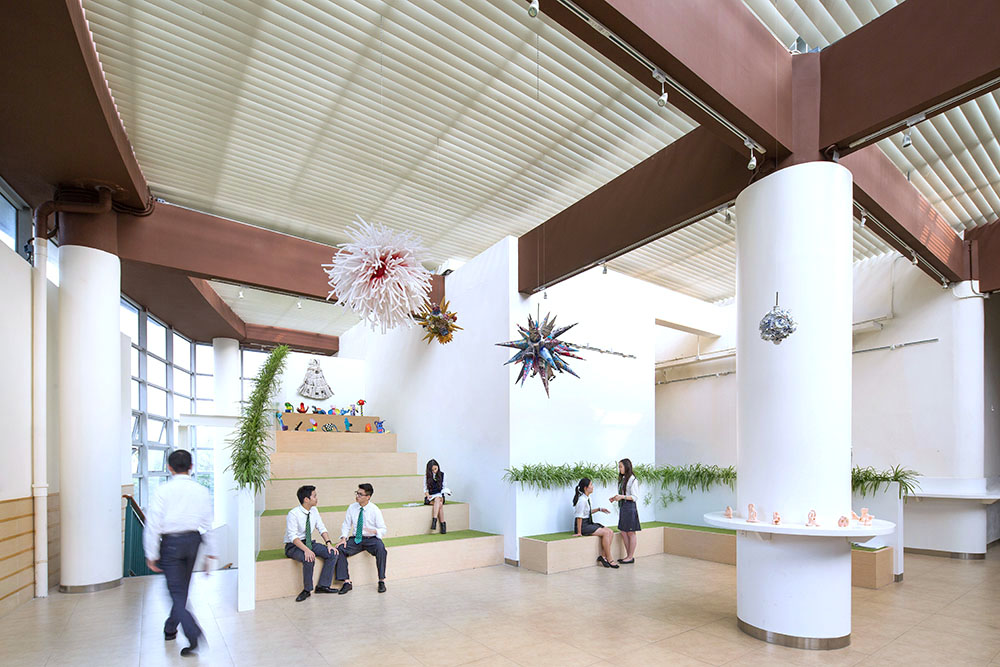
High School Facilities
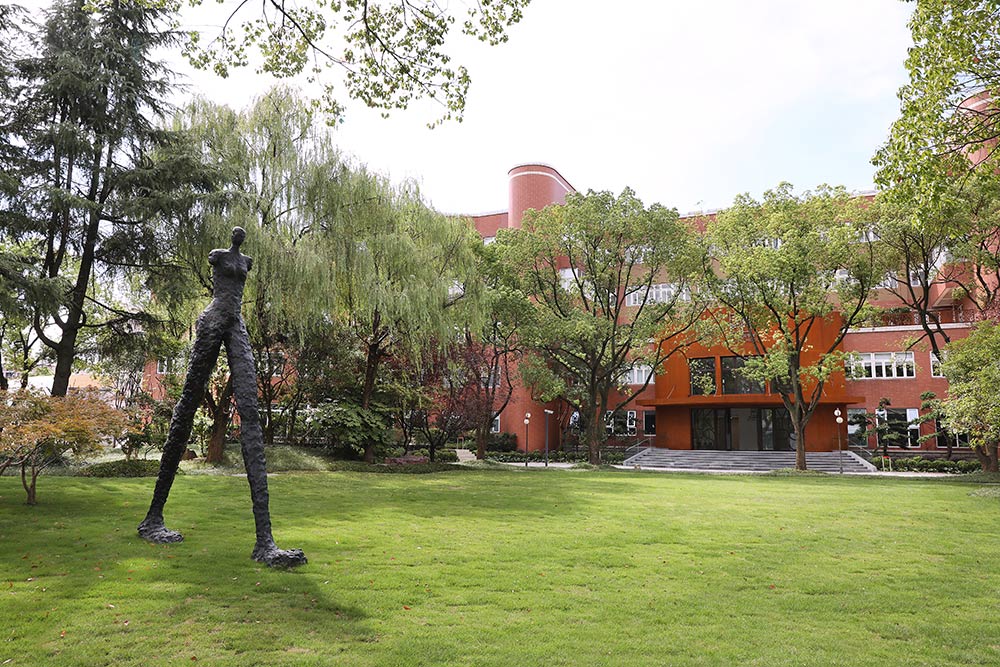
The Hongqiao campus has a construction area of more than
10,000 square metres and is located in the Hongqiao
Development Zone, an area with rich human resources
In September 2017, the Hongqiao campus in Changning District officially opened as YK Pao Middle School. The Hongqiao campus is located in the historical and cultural area of Hongqiao Road, next to the Xi Jiao State Guest Hotel. Surrounded by greenery, the campus features a simple but exceptional design, with a style that combines classical and modern elements. It features top-tier facilities such as Yue Auditorium, Infinity Music Centre, and a Maker Space, to fully meet the educational needs of middle school students.
The unique design of the music teaching space at Hongqiao showcases Pao School’s integration of Chinese and Western music education. At the centre of the Infinite Music Centre stands two pillars, one adorned with musical notes from Mozart's "Eine Kleine Nachtmusik” and the other with Peking Opera masks. Decorating the walls are photos of graduates of the three Pao School campuses performing drama and musical concerts. On one side of the corridor of the Infinite Music Centre is an exhibition of European violins from different centuries from the personal collection of Executive Deputy Chairman Philip Sohmen. Also on display are different instruments used in Chinese and Western music currently being taught on all three campuses, demonstrating the diversity and richness of music education at Pao School.
Philip Sohmen urges students to explore the deeper meaning behind the instruments. By focusing on the long and storied history of violin craftsmanship, they will then have a fuller understanding of these instruments, as well as the culture and history of music.
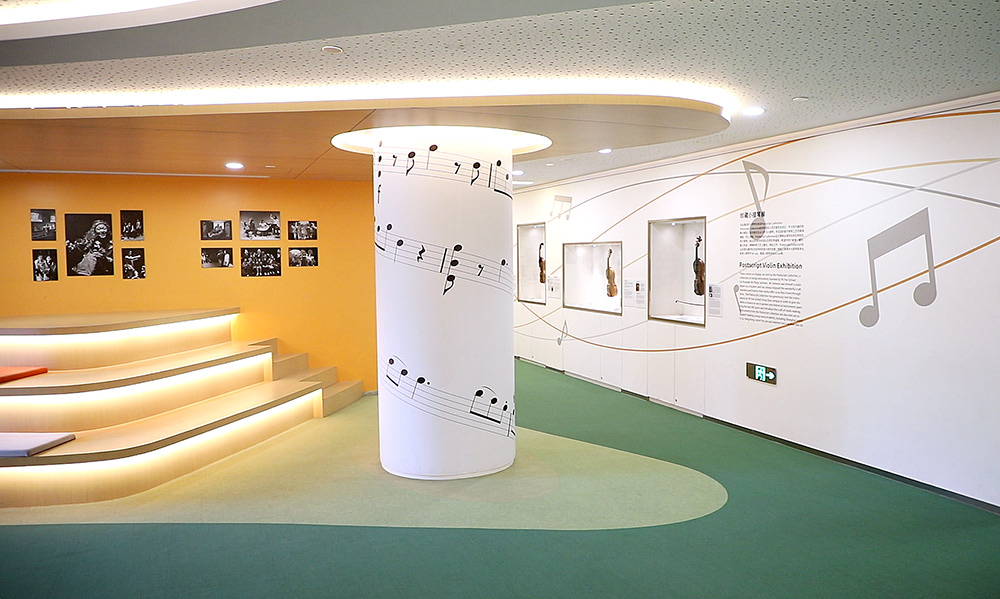
Infinite Music Centre

Junior High School Facility Photos
Pao School attaches great importance to sustainable development. Every aspect of the design and construction of the three campuses incorporates environmental protection. Professor Anna Sohmen Pao personally selected different plants for the campus, alongside their planting location, so that throughout the year there are always flowers blossoming. For example, the sweet fragrance of the osmanthus in front of the library gives a sense of calm, while the green bamboo conveys to students the virtues of flexibility, firmness, and modesty. In addition, the school has always adhered to the principle of "reduce, reuse, recycle" in the allocation and utilisation of various resources. In recent years, Pao School’s efforts in environmental protection have also been recognised by the Shanghai Municipal Education Commission and governments at all levels. After being selected as a “Shanghai Ecological Culture School” in 2020, Pao School was also selected into the first batch of “Shanghai Green Schools” in 2022.
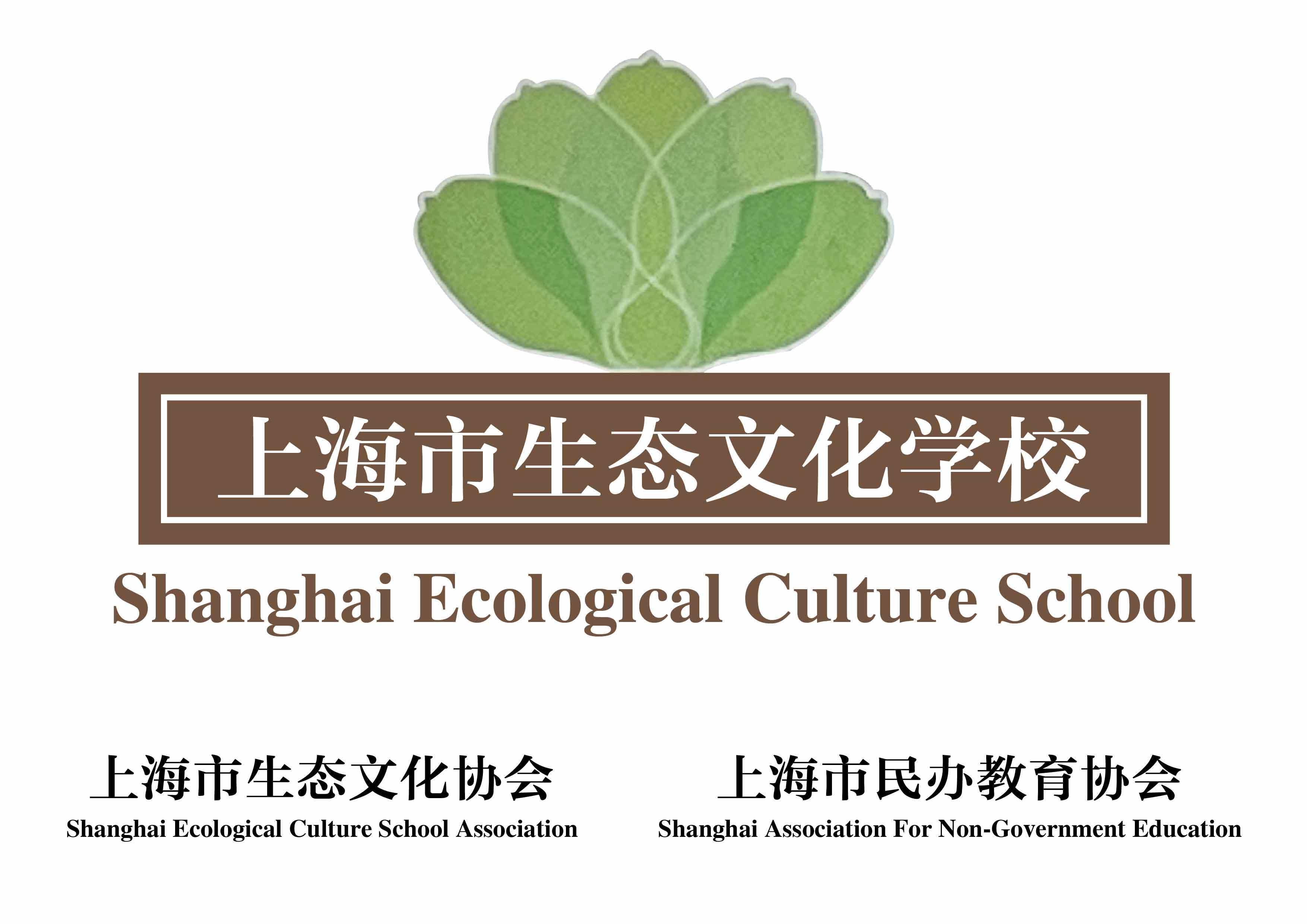
In 2020, Pao School was selected as a "Shanghai Ecological Culture
School" by the Shanghai Ecological Culture Association
and the Shanghai Private Education Association
Would you like to share a special Pao School memory with us? Click here